No More Leaking Pipes: Future-Proofing Norway’s Cities Against Water Shortages
With climate patterns shifting and drought periods becoming more common, many regions in Europe are at risk of suffering from water shortages in the near future. While Scandinavia typically is not considered water-stressed, there has been a prolonged low precipitation period in Eastern Norway this year. In May, the municipality of Oslo sent out a warning to its 700,000 inhabitants, urging them to save water.
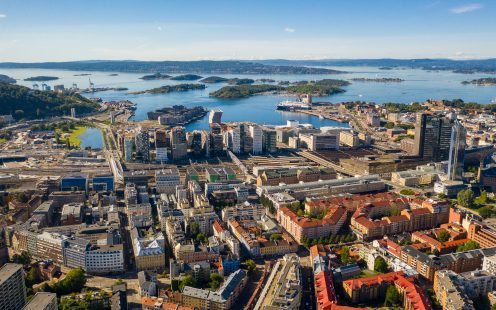.jpg)
Unexpected Drought Causes Low Water Levels
As one of the fastest-growing cities in Europe, Oslo has a water consumption rate of 3,000 liters per second. Due to uncharacteristically low precipitation levels in 2022, the city is now seeking ways to protect its population from water shortages.
“There has been a drought that lasted half a year, and if this continues, it could become critical,” said Frode Hult, head of the municipality’s water and sewerage department, in a recent interview with Avisa Oslo newspaper.
In May 2022, the water level of Lake Maridalsvannet, the main drinking water reservoir for Oslo, dropped to 69%, considerably below the norm of 88%. As a response, the municipality launched first-level water-saving measures. All residents were encouraged to change their everyday habits, such as closing the tap when brushing their teeth or taking shorter showers.
“There are four action levels, and we are now at the first one. Second-level actions will be implemented if the water level drops to 61%. It is unlikely to happen until late summer, and if people participate in the initiative, we can avoid further measures,” Hult explained in his interview.
Aged Pipelines: A Major Cause of Water Loss
Other water-saving actions in Norway’s capital, like leak detection and pipe renewal, require a substantial investment. The average age of potable water supply pipes in Oslo is 60 years, while some of the oldest pipelines are even 170 years old. Therefore, leakages are common amounting to a leakage rate of 40%.
Since Norway rarely experienced water shortages in the past, replacing the aged waterlines has not been urgent. Now, however, it is crucial to have both water leaks repaired and the leakage percentage reduced. The municipality’s goal is to renew 1.2% of the water network per year.
While leakage rates result in higher water abstraction and pumping costs, the renovation of the aged water supply lines is costly and can cause disruptions to local communities and the environment. Therefore, Oslo, as well as other municipalities in Norway, have been seeking to replace the leaking sections with sustainable, high-quality pressure pipe systems that have an excellent service life and reliable performance.
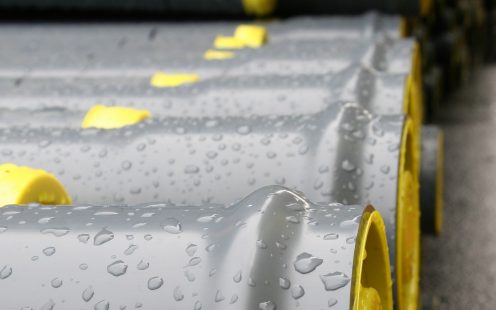.jpg)
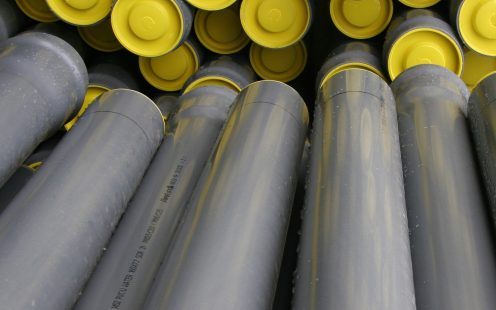.jpg)
Plastic Potable Water Pipes: Lasting Solution to Leakages
Polyvinyl chloride (PVC) is a material commonly used in potable water pressure pipes due to its high durability and excellent corrosion and chemical resistance. Pipelife’s PVC water supply systems have leak-free joints as well as a smooth interior enabling optimal flow rates. Correctly installed, PVC pipe systems serve for at least 100 years, while the reports of fractures and failures are few.
Polyethylene (PE) is another material widely used in modern water supply networks. PE pipes are relatively light and flexible while being exceptionally sturdy; they are therefore ideal for demanding applications, including above-ground, open-trench, underwater and trenchless installation. PE 100 RC (crack resistant) pipes are used for conditions that require added durability and resistance. PE pipes are 100% recyclable and can last for more than 100 years.
In addition, Pipelife Norway’s systems come with an EPD (Environmental Product Declaration), and are almost all produced in the domestic market, which means the travel distance is short. The entire Pipelife Group strongly focuses on minimizing its carbon footprint by reducing the consumption of water and energy, carefully selecting raw materials as well as closely monitoring the production, transportation and waste management processes.
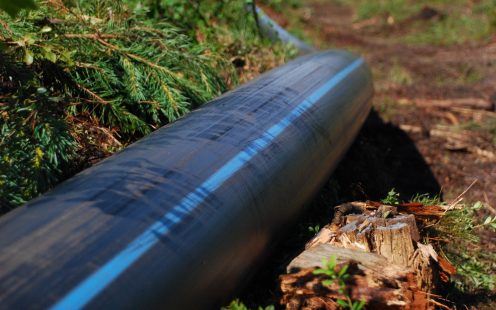
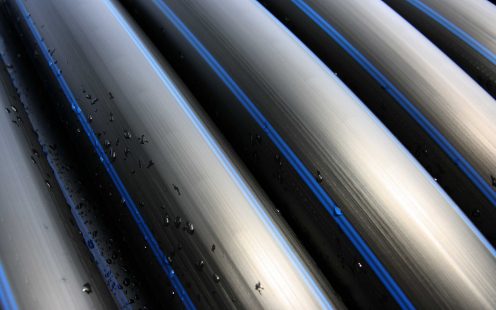.jpg)
Working With Municipalities Toward Lasting Water Supply Networks
Pipelife Norway has been manufacturing PVC and PE potable water supply pipes in the domestic market since the 1960s and has so far worked together with 360 municipalities. The half-century-long collaboration has allowed Pipelife’s team to develop an in-depth insight and unique expertise when it comes to the
current state and renovation of municipal water networks.
Fulfilling its role as a complete solutions supplier and a reliable partner, Pipelife Norway currently supplies well over 10,000 tons of potable water pipes per year. The renovated pipelines efficiently prevent water loss and contribute toward more sustainable drinking water infrastructure in the country.
Discover our potable water supply solutions
Get in Touch
Please choose your preferred way to get in contact with us. We will get back to you as soon as possible.
Fill our form